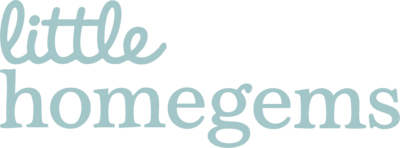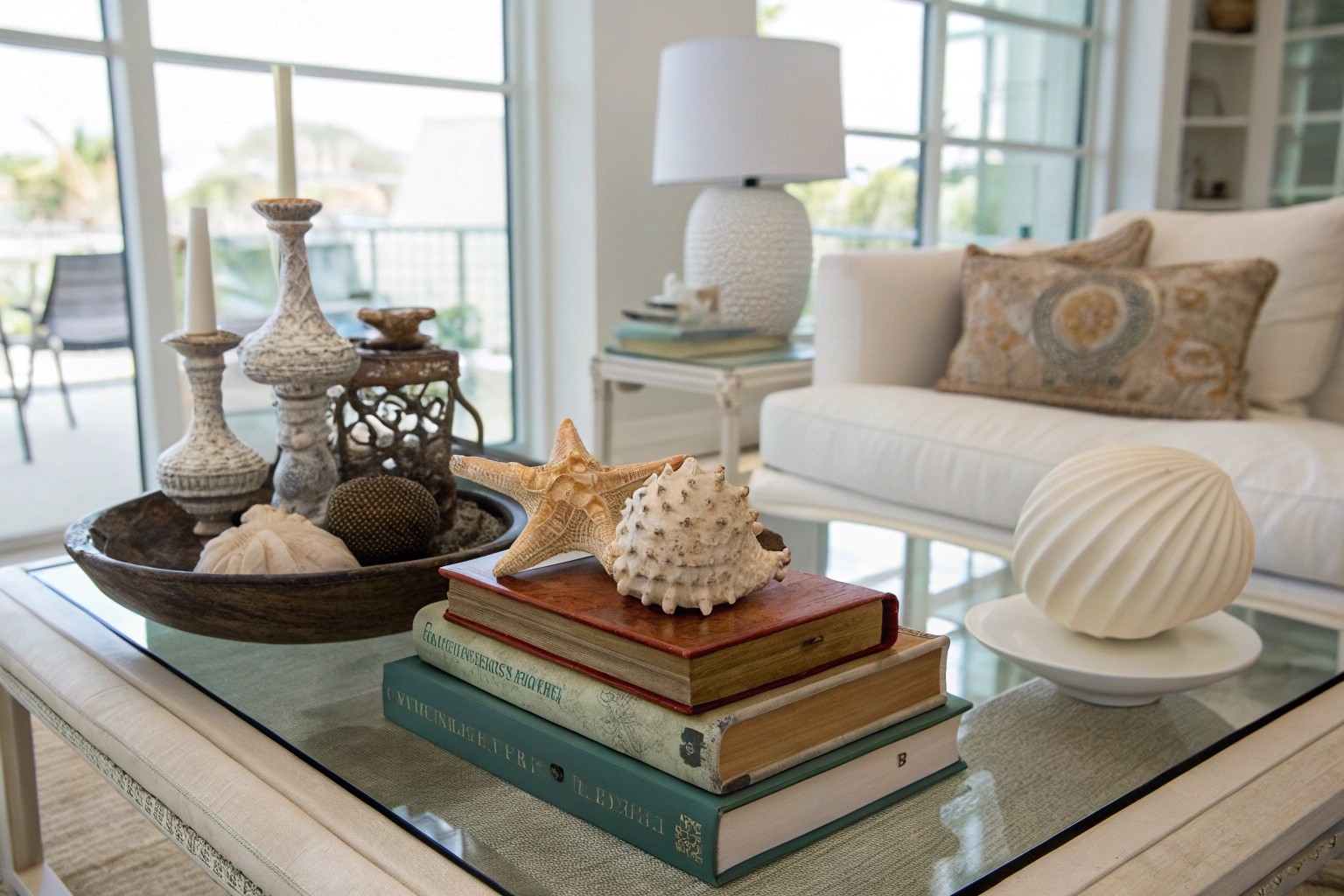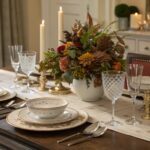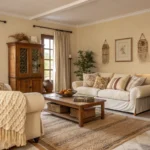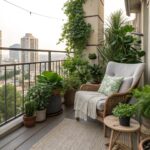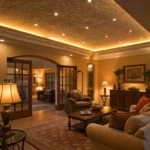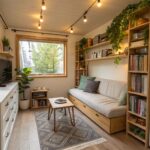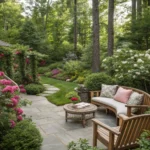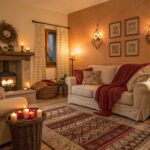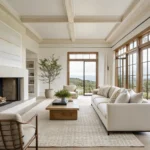The most compelling interiors often showcase unexpected elements that transform the ordinary into the extraordinary. By reimagining everyday objects as potential art pieces, we can create spaces that tell authentic stories while challenging traditional notions of what deserves prominent display.
Understanding the Philosophy of Found Object Art

The concept of elevating everyday items to art status has deep roots in design history. Found object art, also known as assemblage art, emerged in the early 20th century when artists like Pablo Picasso and Marcel Duchamp began experimenting with unconventional materials. This movement challenged traditional boundaries between art and life, suggesting that beauty and meaning could be found in the most mundane objects.
The French term “Objet Trouvé” was coined when this technique was considered subversive and ultra-modern, representing a direct opposition to past academic techniques. However, the attraction to unique objects for decorative purposes traces back much further—evidence suggests prehistoric people were drawn to various items and used them decoratively.
Today’s approach to found object design extends beyond pure artistic expression. The practice offers several compelling benefits:
- Environmental sustainability: Repurposing discarded objects reduces waste and promotes responsible consumption
- Creative freedom: Working with found objects inspires innovative solutions unconstrained by traditional materials
- Emotional resonance: Objects with personal history add depth and meaning to living spaces
- Cost-effectiveness: Found objects provide accessible materials for creating unique displays
Identifying Objects with Display Potential
Natural Elements as Design Features
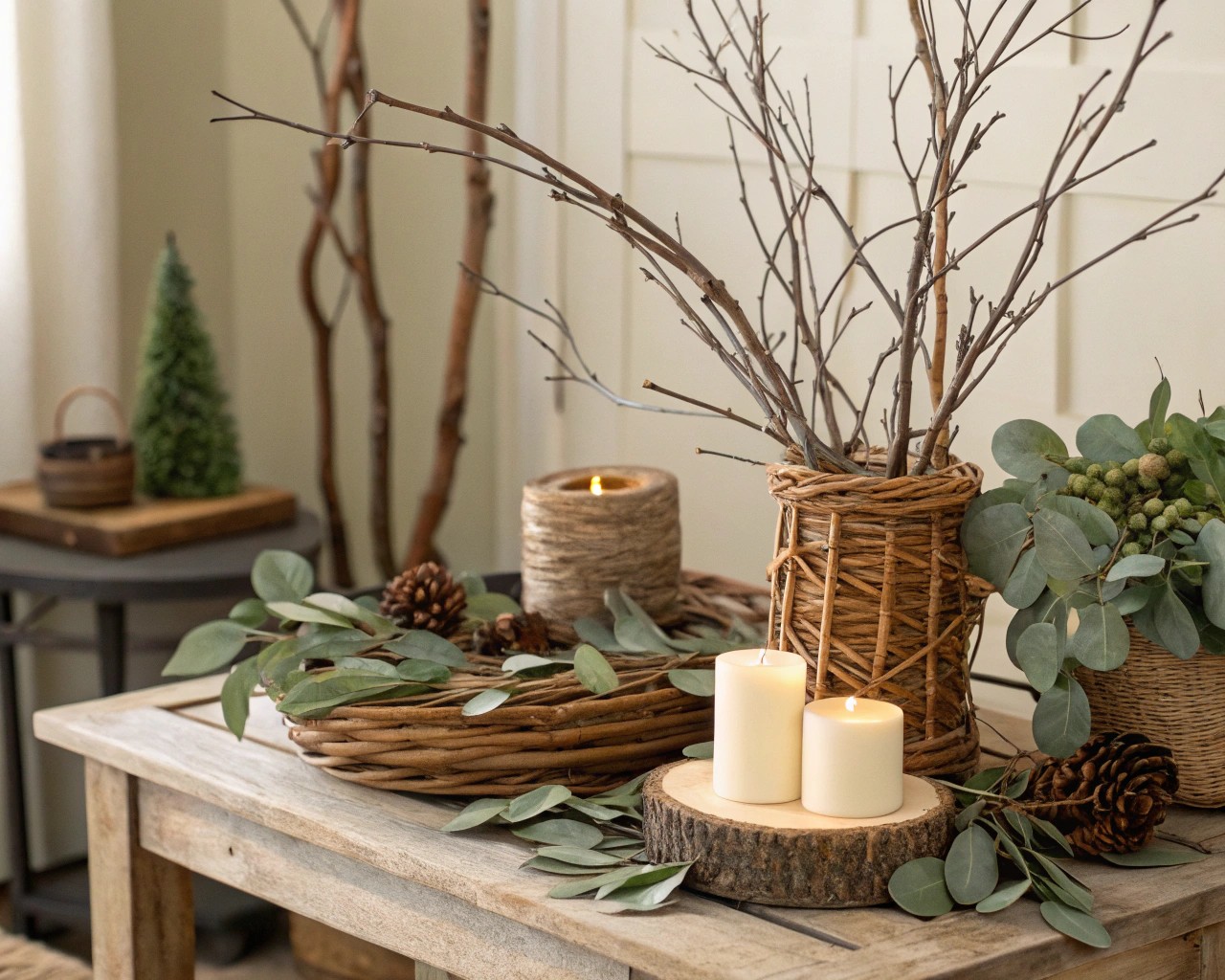
Natural materials consistently rank among the most versatile found objects for interior display. Branches adapt to virtually any design style, from cottage aesthetics to minimalist modern environments. Sea glass and shells naturally evoke coastal atmospheres, while weathered stones and driftwood introduce organic textures that ground contemporary spaces.
When selecting natural elements, consider their longevity and maintenance requirements. Properly treated driftwood can serve as sculptural elements for decades, while delicate items like dried flowers require more careful handling and eventual replacement.
Functional Items as Artistic Statements

The boundary between utility and art often blurs in successful interior design. Kitchen objects exemplify this principle beautifully—chopping boards crafted from wood, ceramic, or marble transcend their utilitarian origins to become integral parts of table settings and wall displays. Similarly, stone mortars and manual coffee grinders reconnect us with traditional craftsmanship while serving as conversation pieces.
Consider these functional categories for artistic display:
| Object Type | Display Potential | Care Requirements |
|---|---|---|
| Vintage kitchen tools | High – unique patina, interesting forms | Minimal – occasional cleaning |
| Mechanical timepieces | High – visible movement, conversation starter | Moderate – regular maintenance |
| Ceramic vessels | High – varied textures, cultural significance | Low – standard cleaning |
| Handwoven textiles | Moderate – color, pattern interest | High – UV protection, careful storage |
Architectural Salvage and Industrial Elements
Reclaimed architectural pieces offer exceptional opportunities for creating dramatic focal points. Salvaged doors, windows, and wrought iron railings bring historical gravitas to contemporary spaces while serving as unique backdrops for other displays. Industrial elements like metal components, old tools, and machinery parts can be transformed into sculptural arrangements that celebrate craftsmanship and heritage.
I’ve observed that clients often overlook the artistic potential in everyday hardware. Wrenches, for example, can be welded together to create functional art pieces like gate handles, demonstrating how industrial objects gain new life through creative repurposing.
Strategic Display Techniques
Creating Purposeful Groupings

Successful display of everyday objects relies heavily on thoughtful composition and curation. Rather than scattering individual pieces throughout a space, creating intentional groupings builds visual impact and narrative coherence. When arranging found objects, consider grouping by color, texture, scale, or thematic connection to create compelling vignettes.
The principle of odd numbers often works well—groups of three or five objects tend to feel more dynamic than even-numbered arrangements. Additionally, varying heights within groupings creates visual rhythm and prevents monotonous displays.
Lighting Considerations for Object Display
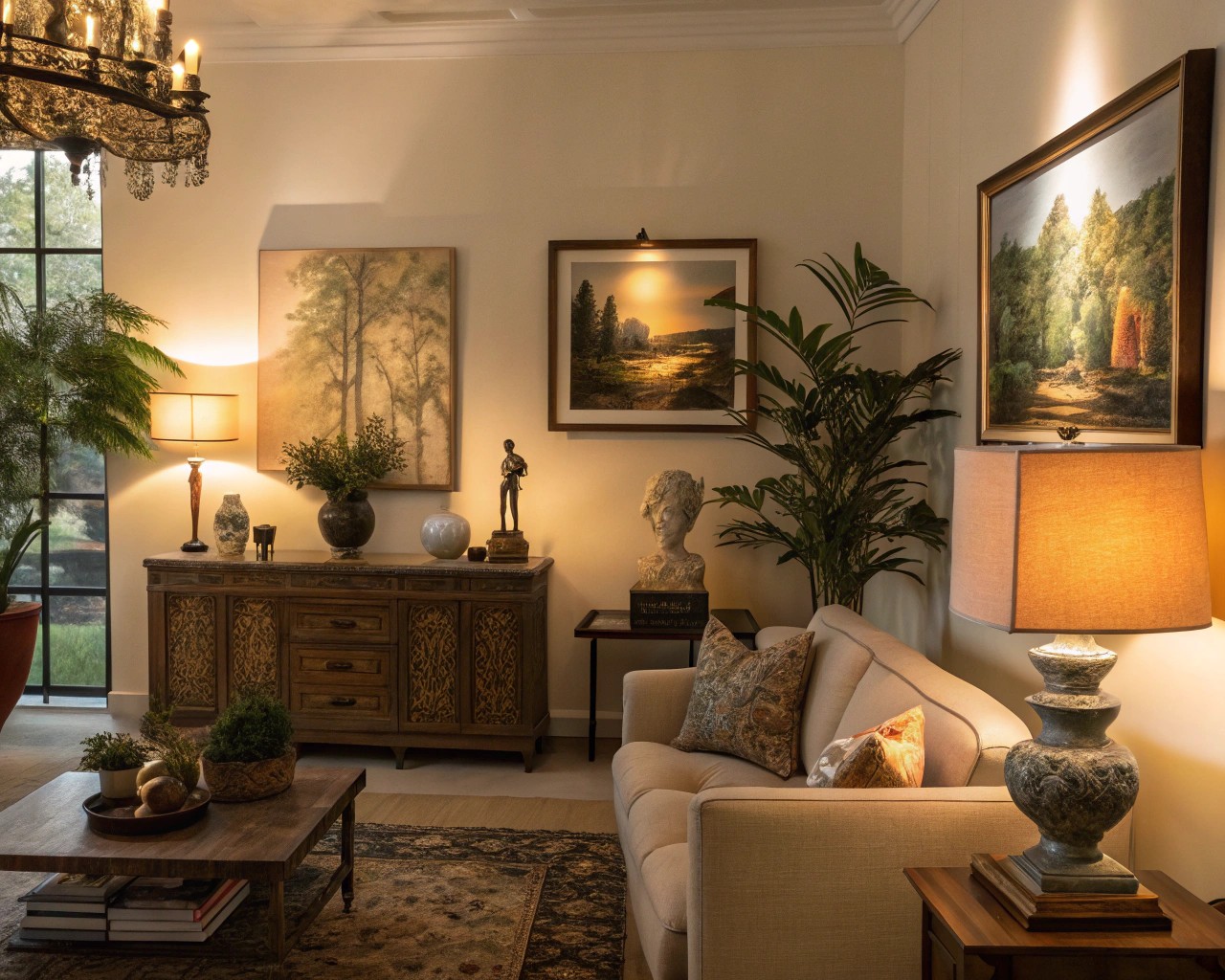
Proper illumination transforms ordinary objects into focal points worthy of attention. The type of lighting fixture—recessed versus surface-mounted—depends largely on the display structure’s characteristics. Thick display surfaces can accommodate recessed fixtures, while glass cabinets or thin shelving may require external spotlights or track lighting systems.
Key lighting principles for found object displays include:
- Directional control: Adjustable fixtures allow precise highlighting of object details
- Color temperature: Warm light (2700K-3000K) enhances organic materials, while cooler light (4000K) suits metallic objects
- Glare management: Position lights to minimize reflection and hot spots on glossy surfaces
- Heat consideration: LED fixtures reduce thermal damage to sensitive materials
Wall-Mounted Solutions
Wall displays offer excellent opportunities for showcasing collections of smaller found objects. The approach works particularly well for flat items like vintage tools, decorative plates, or framed natural specimens. Creating gallery-style arrangements requires careful planning of spacing and visual weight distribution.
For three-dimensional objects, shadow boxes or floating shelves provide depth while maintaining clean sight lines. The key lies in balancing negative space with displayed items—overcrowding diminishes individual object impact while too much spacing creates disconnection.
Practical Integration Strategies
Room-by-Room Applications
Different spaces within the home offer unique opportunities for found object integration. In kitchens, displaying beautiful cutting boards, copper pots, or ceramic vessels on open shelving blends functionality with aesthetic appeal. Living areas accommodate larger statement pieces like architectural salvage or sculptural arrangements of natural materials.
Bedrooms benefit from more intimate displays—perhaps a collection of smooth stones on a nightstand or vintage textiles draped over a chair. Bathrooms, while challenging due to humidity, can showcase water-resistant objects like shells or smooth river rocks arranged in glass containers.
Seasonal Rotation and Refresh
One advantage of working with found objects lies in their flexibility for seasonal changes. Natural materials particularly lend themselves to rotation—displaying bare branches in winter, fresh greenery in spring, and preserved leaves in autumn. This approach keeps displays dynamic while allowing for storage of off-season items.
Consider creating a simple inventory system for rotational pieces. Label storage containers clearly and photograph arrangements before dismantling to facilitate easy reconstruction.
Budget-Conscious Approaches
Found object displays offer exceptional value for design-conscious individuals working within tight budgets. Free or low-cost materials from thrift stores, garage sales, and natural environments can create sophisticated displays rivaling expensive purchased art.
Successful sourcing requires patience and vision. Regular visits to thrift stores, estate sales, and architectural salvage yards often yield unexpected treasures. Natural collecting during walks, beach visits, or hiking expeditions provides ongoing material for seasonal displays.
Advanced Techniques and Considerations
DIY Assembly Projects
For those comfortable with basic crafting, assembling found objects into larger sculptures or functional pieces opens additional possibilities. Simple techniques using hot glue, wire, or basic woodworking can combine disparate elements into cohesive statements. However, successful assemblage requires understanding balance, proportion, and material compatibility.
When planning assembly projects, consider the finished piece’s intended location and use. Purely decorative items allow more experimental approaches, while functional pieces require attention to stability and safety. Basic tools like hot glue guns, wire cutters, and drill drivers handle most amateur assemblage projects effectively.
Preservation and Maintenance
Found objects often arrive with character-building patina, but some conservation may be necessary for long-term display. Metal items may require rust stabilization, while wooden pieces benefit from gentle cleaning and occasional conditioning. Understanding each material’s specific needs prevents deterioration and maintains display quality over time.
For valuable or historically significant pieces, consult conservation professionals before attempting any restoration. Sometimes the existing patina contributes more to the object’s story than perfect restoration would.
Safety and Legal Considerations
Not all found objects are suitable for indoor display. Items with potential lead paint, asbestos insulation, or other hazardous materials require professional assessment before installation. Additionally, objects found on public or private property may have ownership implications that need consideration.
When in doubt, research an object’s history and composition before bringing it into living spaces. This due diligence protects both health and legal interests while ensuring responsible collecting practices.
Creating Cohesive Design Narratives
Establishing Visual Themes
Successful found object integration relies on establishing clear visual or conceptual themes that tie disparate elements together. Color coordination provides one effective approach—grouping objects with similar tones or complementary hues creates visual harmony despite varied origins. Textural themes work similarly, combining rough and smooth surfaces or matte and glossy finishes for tactile interest.
Conceptual themes offer another organizing principle. Collections might focus on travel memories, industrial heritage, natural forms, or cultural artifacts. These thematic approaches help viewers understand the display’s purpose while creating meaningful connections between individual pieces.
Balancing Scale and Proportion
Scale relationships between found objects and their surrounding environment significantly impact display success. Large objects like architectural salvage require substantial wall space and high ceilings to avoid overwhelming rooms. Conversely, tiny treasures like shells or small tools need appropriate viewing distances and lighting to be appreciated properly.
The principle of visual weight applies equally to found object displays. Dense, dark materials appear heavier than light, airy pieces of similar size. Successful arrangements balance these visual weights across the display area, preventing any single element from dominating the composition.
Mixing Styles and Periods
One of found object art’s greatest strengths lies in its ability to bridge different design periods and styles. Combining mid-century modern furniture with antique tools or contemporary lighting with weathered natural materials creates layered, personally meaningful environments. This eclectic approach reflects real life’s complexity while avoiding the sterile perfection of catalog-style decorating.
However, successful mixing requires restraint and careful editing. Too many competing styles create visual chaos, while overly safe combinations lack the tension that makes eclectic design exciting. I’ve found that limiting the number of distinct style periods within a single room to three or fewer maintains coherence while allowing for interesting contrasts.
